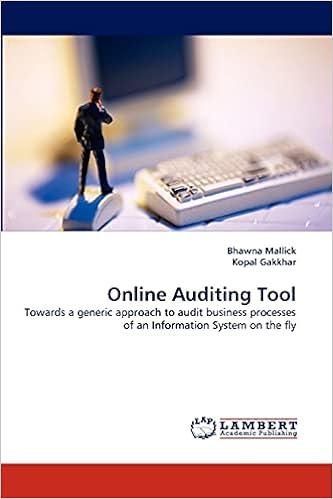Henrys Kitchens makes two types of sandwich makers: Basic and Deluxe. The company expects to manufacture 70,000 units of Basic, which has a per-unit direct
Henrys Kitchens makes two types of sandwich makers: Basic and Deluxe. The company expects to manufacture 70,000 units of Basic, which has a per-unit direct material cost of $10 and a per-unit direct labor cost of $60. It also expects to manufacture 30,000 units of Deluxe, which has a per-unit material cost of $15 and a per-unit direct labor cost of $40. It is estimated that Basic will use 140,000 machine hours and Deluxe will require 60,000 machine hours. Historically, the company has used the traditional overhead allocation method and applied overhead at a rate of $21 per machine hour. It was determined that there were three cost pools, and the overhead for each cost pool is shown:
| Machine setups | $ 90 000 |
| Machine processing | 4 000 000 |
| Material requisitions | 100 000 |
| Total overhead | $ 4 190 000 |
The cost driver for each cost pool and its expected activity is shown:
|
| Basic | Deluxe | Total |
| Machine setups | 100 | 200 | 300 |
| Machine hours | 140 000 | 60 000 | 200 000 |
| Parts requisitions | 80 | 120 | 200 |
Required:
a) What is the per-unit cost for each product under the traditional overhead allocation method? (3 marks)
b) What is the per-unit cost for each product under ABC costing? (4 marks)
c) Briefly comment on the overhead applied per unit under the two overhead allocation methods. i.e. How much was overhead under or overapplied for each product? Further, would you recommend a change to ABC costing for Henrys Kitchens? Why or why not? (4 marks)
Step by Step Solution
There are 3 Steps involved in it
Step: 1

See step-by-step solutions with expert insights and AI powered tools for academic success
Step: 2

Step: 3

Ace Your Homework with AI
Get the answers you need in no time with our AI-driven, step-by-step assistance
Get Started


